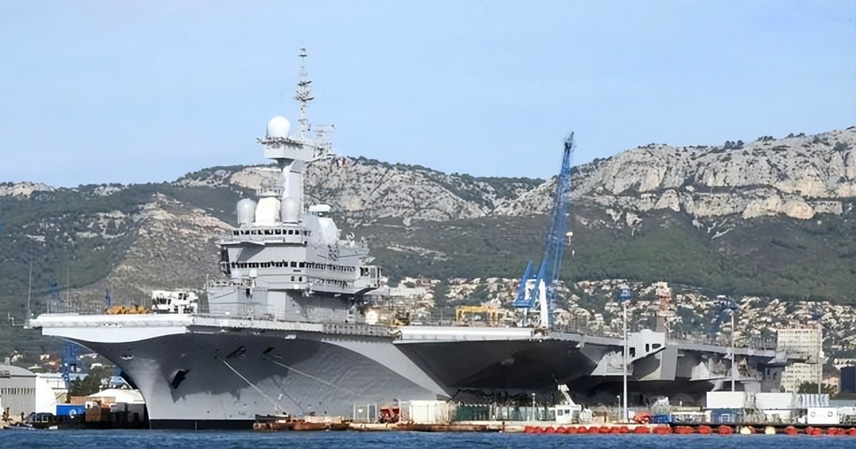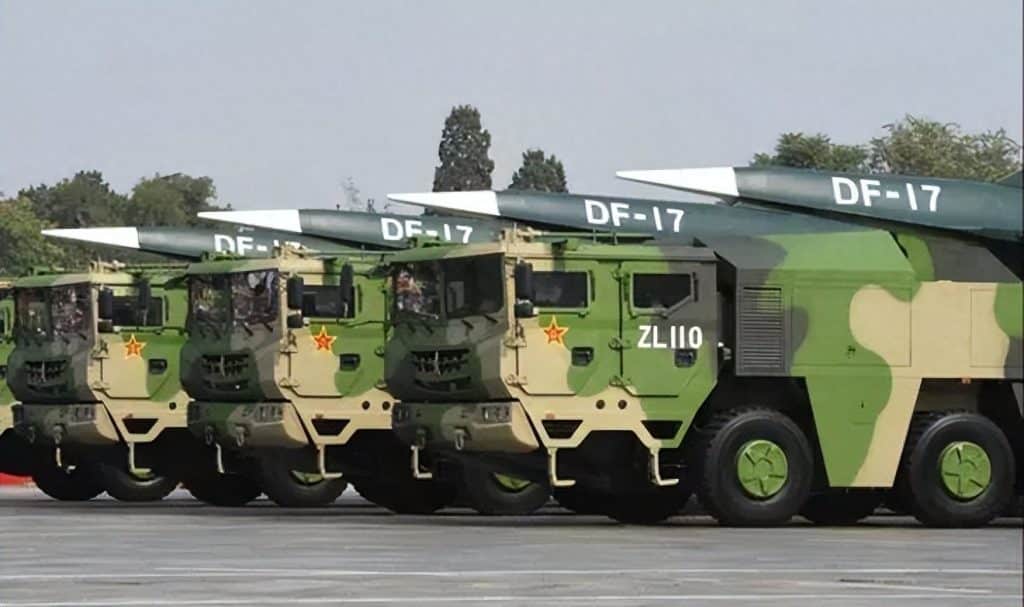China’s carrier program has made rapid, visible progress in recent years: from ski-jump carriers to the Fujian (Type 003) with electromagnetic catapults. Still, a nuclear-powered carrier remains elusive. This article explains why naval nuclear propulsion for carriers is far more demanding than submarine reactors, reviews key lessons from other navies, and outlines the pragmatic path Beijing appears to be taking by validating new technologies on conventionally powered ships before committing to a nuclear carrier.
Power, scale, and engineering — why submarine reactors don’t translate to carriers
The technical gap between a reactor for a submarine and one suitable for a large carrier is huge:
- Different power envelopes. Submarine reactors are compact and optimized for endurance and stealth; typical submarine plants deliver on the order of tens to a few hundreds of megawatts thermal (depending on design). Carriers — especially large conventional or nuclear-powered flattops operating at sustained high speeds and powering systems such as electromagnetic catapults (EMALS) — need far higher and steadier electrical and shaft power across a wider operating profile.
- Cooling and space. Submarine reactors and their auxiliary systems are designed for tight internal spaces and seawater cooling compatible with submerged operations. Carrier plants must supply massive steam or electric power across expansive machinery spaces, and require robust, redundant cooling and waste-heat management at sea — a tougher ship-design challenge.
- Duty cycle and reliability. A carrier is effectively a flying aircraft base: high sortie rates, frequent catapult cycles, long transits at fleet speed and continuous hotel power for radar, sensors, and weapons. Reactor controls, turbine-generators, and propulsion shafts must be sized and rated for different stress patterns than submarine systems.

These technical realities explain why only a few navies have put the full lifecycle investment into nuclear carriers: the US Navy’s decades-long nuclear carrier program and France’s single nuclear carrier (Charles de Gaulle) are instructive case studies — both in capability and in the operational and lifecycle costs that follow.
Lessons from history: French and US experiences
- France (Charles de Gaulle). France adapted smaller naval reactor technology instead of designing a very large plant specifically for carrier service. The result was capability but also persistent operational and maintenance challenges — periodic extended dockings, recurring mechanical and propulsion issues, and high upkeep costs. The French example shows that reusing smaller reactor concepts can leave a carrier short on burst power and sustainment capability.
- United States (Enterprise → Nimitz → Ford). The USS Enterprise (first nuclear carrier) and subsequent classes highlighted the advantages of nuclear propulsion (strategic range, endurance, reduced fuel logistics) but also revealed steep maintenance, refueling, and decommissioning costs. The U.S. experience underscores the full lifecycle burden — not just construction cost — of nuclear carriers.
These lessons imply that any navy contemplating nuclear carriers must design ship-optimized reactors and industrial support systems from the outset, not merely adapt submarine reactors.
Cost, lifecycle and the dismantling problem
Nuclear carriers reduce fuel consumption but introduce very expensive maintenance and end‑of‑life responsibilities:
- Lifecycle costs. High initial R&D and construction costs, long refueling outages, and complex radiological safety measures increase total ownership cost. Historical cases show refits and mid‑life overhauls can be multi‑year, multi‑billion expenditures.
- Decommissioning and waste. Retiring nuclear vessels generates costly, long-duration dismantling and radioactive-waste management obligations that factor heavily into strategic calculations.
Hence, many navies weigh whether the operational benefits (global range, endurance, and high sustained power) justify the full lifecycle costs.

Why China is taking a stepwise approach: Fujian first, nuclear later
China appears to be following a measured strategy:
- Validate carrier aviation and systems on conventionally powered hulls. The Fujian (Type 003) introduced electromagnetic catapults and other high‑power ship systems. Successfully integrating and maturing those technologies on conventionally powered hulls reduces technical and programmatic risk before combining them with a nuclear plant.
- Develop a dedicated ship reactor design. Engineers must scale reactor power, thermal management, and electrical generation up to carrier demands. That requires time, testing, and industrial investment distinct from submarine reactor programs.
- Build industrial and logistical capacity. A nuclear carrier program demands ports, shipyard capability, specialized repair facilities, trained personnel, a civil nuclear supply chain, and long-term waste management — all of which take years to establish at scale.
This pragmatic sequencing reduces the chance of costly technical missteps and mirrors how other navies learned the hard way: master carrier aviation and high‑power ship systems first; then combine them safely with nuclear propulsion.
Where a future Chinese nuclear carrier program would face its greatest tests
- Reactor design and materials: Large marine reactors require specially engineered fuel, cladding, corrosion-resistant alloys and long-lived systems for high thermal and mechanical loads.
- Electric power architecture: If carriers rely on integrated electric propulsion or EMALS‑scale power draw, the ship’s power management must be exceptionally robust and redundant.
- Training and personnel: Reactor operation, nuclear safety, and carrier aviation together create human-capacity demands — from nuclear engineers to specialized maintainers.
- Supply chains and lifecycle infrastructure: Domestic capability for fabrication, refueling, component replacement and eventual disposal is essential to avoid strategic dependence or prohibitive long‑term costs.
Strategic calculus: why China might still choose nuclear carriers eventually
If the People’s Liberation Army Navy (PLAN) judges that the operational advantages outweigh the lifecycle costs, it may proceed once technological, industrial, and budgetary conditions align. Key operational drivers include:
- Sustained global power projection without frequent refueling.
- High electrical power for future weapons and sensors (for example, directed-energy systems, railguns, or even more advanced catapult systems).
- Strategic signaling and independent logistics in far seas regions where access to friendly fueling ports is uncertain.
But the choice is as much political and economic as it is technical — the state must commit to the very long-term investments that nuclear carrier ownership entails.
Bottom line
A nuclear-powered aircraft carrier is not simply a larger ship with a reactor transplanted from a submarine. It’s a complex, integrated system requiring specialized reactor design, power generation, thermal management, ship architecture, training and national-level industrial capacity. China’s apparent strategy — prove advanced carrier technologies (like EMALS) and carrier aviation on conventionally powered hulls first (e.g., Fujian), then consider nuclear propulsion after thorough validation — is cautious, practical and consistent with lessons from other navies. If Beijing elects to proceed, the decision will follow a long period of technical maturation and logistical preparation rather than a quick leap.
References
- Jane’s Defence & Security analyses on carrier propulsion and reactor comparisons.
- Naval News and open-source reporting on Type 003 (Fujian) development and EMALS testing.
- Historical reviews of Charles de Gaulle and USS Enterprise nuclear carrier programs (public domain technical and media reports).
- Expert commentary on carrier propulsion, lifecycle costs, and naval nuclear logistics (industry and academic sources).



